Introduction
There is quite the lineup of CPU coolers, VGA coolers and even a chassis in Scythe's lineup nowadays. The fast growing company also sells power supplies amongst other products, but just in the three mentioned previously, that's about twenty products in their current inventory, plus all kinds of goods in the others. This is quite the lineup for "DIY PC Experts". Personally I haven't had the opportunity to look at much of that inventory yet, but I was able to look at their only chassis, the Fenris Wolf that Benny Franz had a hand in designing. Another is the highly underrated cooler, Mugen2. That cooler is a bare knuckles bruiser, as long as the mounting system doesn't frustrate you into buying something else.
With a pretty serious lineup of products already out from Scythe, they decided to rethink and redesign to bring life to a name that has been with Scythe for many years. The Samurai cooler was a cantankerous looking cooler developed in the days when there was little thought of overclocking with the jumpers, or modifying the sockets for more volts. As the needs of users changed, Scythe rolled with the punches and developed the Samurai Z. This was a very basic, two heat-pipe cooler and I use that term loosely. By today's standards, those two pipes ran to the outer edges and would have improved cooling then, but it couldn't handle the TDP of today's processors. With the Samurai Z there was even improvement made and a revision "b" cooler was soon out on shelves.
Even with all the working and reworking of the Samurai coolers, Scythe saw ways to improve the idea even further. This time around the Samurai gets more pipes and a very unique mounting setup, which has moved up to include all the newest sockets from both AMD and Intel. Since its inception, the Samurai coolers have never taken up loads of room, as do tower coolers. At that time it was more the normal size for coolers. Today it offers those with a SFF or HTPC chassis; yet another candidate to cool your machines. With all the new goods and redesign, Scythe has also adapted the naming as to differentiate this against the previous versions. Today we will be taking a look at the Samurai ZZ from Scythe. Let's get it mounted to the T.E.C.C. and see just how well it does.
Specifications, Availability and Pricing

In this low profile cooler you still get forty-seven aluminum cooling fins at the end of the heat pipes and this time there are six of them, versus the previous two that Scythe used to use. With caps covering the ends of the pipes at one end of the fins, they exit the opposite side and with a "U" shaped bend the pipes return under the fins and are fitted into a F.P.S, or Fast Phase Structure. Basically it is an extruded aluminum pre-cooler and base combination piece that is nickel plated. This allows the heat to travel, both through the F.P.S and the copper pipes so the fins can do their job.
The Samurai ZZ also utilizes a VTMS, or Versatile Tool-free Multiplatform System. Scythe actually came up with a unique mounting idea I have yet to see on any cooler. The VTMS works in three groups of two pieces each. One is Intel and has oval holes and push-pins for mounting. AMD uses two small latches and there is a third set for Intel Socket 478. All three sets can be simply snapped into the base. All you have to do is line them up and push till they click. The tabs that lock them into place just squeeze together and a gentle tug should release them. All we have to do now is cool the Samurai ZZ! And for that Scythe has again went with a 92mm fan that tops out at around 2000 RPM and offers up to 55.55 CFM. There isn't going to be a huge gust of wind from this fan, but there isn't much cooler to cover either.
Availability at this time is a bit limited, but I was able to locate the Samurai ZZ at around ten locations as I type this. While not available at all from Newegg, there are a few in the list that I would also give my money to with a better feeling of security over some of the others. Pricing from Scythe was set at an MSRP of $36 USD and some change. Looking at pricing via Google, I see pricing is all over the place. Ranging from Just over $20 plus shipping from a few e-tailers, right on up to the $37 mark, still you need to pay for shipping. If you are building inside of a chassis with limited room, this very well may be the solution for you. Outside of this small group of chassis builds, let's see how low the temperatures go for our near $40 investment.
Packaging
The Package
The front of the Samurai ZZ's packaging is pretty busy with all the bits of information surrounding an image of the cooler. As you can see, this cooler offers varied compatibility and things like the F.P.S. and VTMS are also listed here.
The right side offers a description of four key features.
On the back Scythe has a large box displaying the terms of the warranty outside of Japan. Below to the left is a request that you read the instructions. To the right there is an electrical shock warning, just in case you like working on your PC with the power on.
The left holds a nice image of the base flanked by a list of what is included in the box. The bottom half is covered in a multi-lingual specifications chart.
The top of the package offers a look at the VTMS clips included for mounting. As I said, these are very simple to use.
Inside the thick cardboard outer package you will find the cooler wedged inside by the cardboard now under the hardware. The Samurai ZZ cooler is also supported with a dual layer of cardboard between the fins and the F.P.S. just in case there are any bumps during shipping. As you will see, my sample arrived in great shape, so this is definitely sufficient.
The Scythe Samurai ZZ CPU Cooler
Here is the Samurai ZZ in all its glory! Considering that is a 92mm fan strapped on the top, you might get a better perspective on how small this really is.
The ZZ comes with six heat pipes. The older model had two on the outside edges of the fins. This time around Scythe spread the heat load more evenly across the fins. This will allow for more direct transfer of heat to the fins and quickly removed by the fan. The other end of the pipes, they are sandwiched between layers of the F.P.S.
Looking from the side, Scythe made the pipes take abrupt bends to help with any capacitor clearance issues. The fins are set high enough to not cause issues with caps, but may come in to play with memory spreaders or Northbridge coolers.
Typically with a heat pipe cooler, the ends of the pipes are exposed through the top fin. This is not the case. Just like those on the Mugen2, there are six bolt-like covers on these pipes.
Tucked between the pipes and under all the fins, we have a closer look at the F.P.S. While you can't see the base plate here, it takes the brunt of the heat. The top half is made from the same solid piece of nickel plated aluminium; this pre-cooler can remove some of the load before the heat pipes even get a chance to remove it. On both sides you will find the two square openings. These are where the VTMS clips into place. I will show them a bit later.
Removing the fan and looking in from the top, the F.P.S. cooler gets a good forty percent or so of the fans air flow to aid in the fast removal early. What doesn't get removed there gets removed once the pipes take the heat through these forty-seven fins.
Scythe tops the Samurai ZZ with a SY9225SL 12M-P fan. This fan offers silence and low RPM at the low end, and when at load up to 2000RPM's of speed and almost 56 CFM of airflow. For such a small cooler, this should be plenty of fan power to get the job done.
You can tell by the reflection the surface is nearly a mirror finish. Just before applying the cooler to our T.E.C.C. I set a razor blade across it. The majority of the mid section is flat, but there are curvatures on all sides near the edges. For proposes of cooling, this base is much larger than the IHS on today's processors. The curves that are present are outside of that area.
Accessories and Documentation
The installation guide will give you great images and text to get this cooler mounted to all the processors. Unfolded there are images of how the hardware is mounted, as well as a tip to make sure there is room for this first, although if this cooler is too big for your needs I'm not too sure you can use anything much, other than stock.
The hardware sent from Scythe with the Samurai ZZ includes the VTMS parts along with a little bit of thermal paste. The clips on the left are for all three LGA sockets for Intel, and yes, it uses push-pins. In the middle are the AMD mounting clips, leaving the Socket 478 clips to the right.
Here is the AMD hardware set into place. I just need to push them in, into their locked position. When you want to release them, just use the tabs on the outer locking parts and pull it out. These clips are for all AMD installations.
The Intel LGA push-pins go in with the same style clips. The ends of the LGA legs have oval holes to allow for 775, 1156 and 1366 all with the same part.
Lastly, if you are still in the market for a Socket 478 cooler, Scythe has you covered here as well. Once again, it is mounted and removed in the same fashion as the first two.
Test System &Testing Results
Test System & Test Results
TweakTown uses a different method for testing CPU heatsinks which allows for an even playing field across all product tests. We feel that by using the same ambient temperature and strict lab-like testing procedures we are able to accurately compare one product to another. More information on our testing procedure can be found in the T.E.C.C. article here.

Coming in at 55 degrees at idle, the Nexus XIR-3500 is the only cooler like this to do better. All of the other coolers on the list are "tower based", nor do they have a small footprint in mind for those with cramped accommodations.

Once we loaded up the T.E.C.C. the Samurai loses to both of the Nexus coolers, but for such a small cooler with 55.55 CFM, to place in the top third of the list is still an accomplishment to be proud of.

At idle the noise level was quite low. There is a slight "whir" to the fan at low RPM even though it is relatively slow. Again, not the best, but does stay in that top third again.

Once loaded, the 92mm fan plays right into the averages.
Final Thoughts
Let me just start off by saying this cooler is small. Aside from stock coolers, I think I have only tested less than a handful of coolers even close to being this compact. The redesign is a success, as I really don't think the older versions with just two pipes would have been able to even handle the T.E.C.C.
Scythe bringing the simplest mounting hardware to date is nothing to scoff at either. VTMS aside, the Fast Phase Structure not only does its job as a pre-cooler, but also allows for good transfer to the fins through the heat pipes affixed between it. For an old concept, this has to be one of the most correctly redone examples.
At the jump, I was a bit leery about the Samurai ZZ. I mean the box it comes in is tiny, so what is inside had to be smaller! On top of that, as I was looking at the packaging and getting information to compile the specifications chart, 55.55 CFM didn't seem like enough to get the job done. This time I was completely wrong in my assumptions of this coolers potential performance. I have to give Scythe credit where it is due and putting forth such a small cooler while still keeping pace, is something to be proud of.
The only issue as I see is the pricing and where you are going spend your money. With the MSRP being almost $37, that puts you in the price range of a lot of more accomplished coolers. That is if space is not the issue. For almost ten dollars cheaper, you could get into something like the Cooler Master Vortex Plus. On the flip side, if room is an issue you are left with very few choices and you may just have to pay the piper to get better than stock cooling.
On the level of cooler versus coolers, for the price, I really can't recommend you run out and get one. For you guys and girls with SFF or HTPC's with little or no room, weigh your costs versus what the tape measure tells you, as it is a capable cooler.


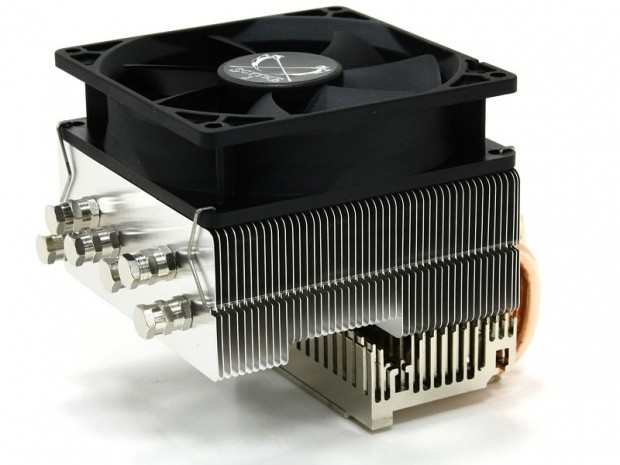
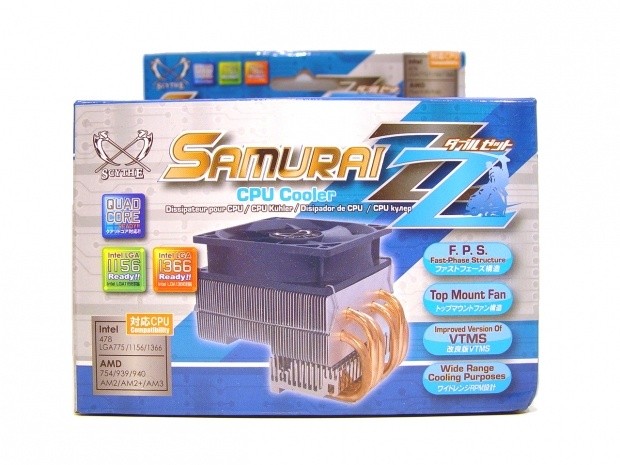




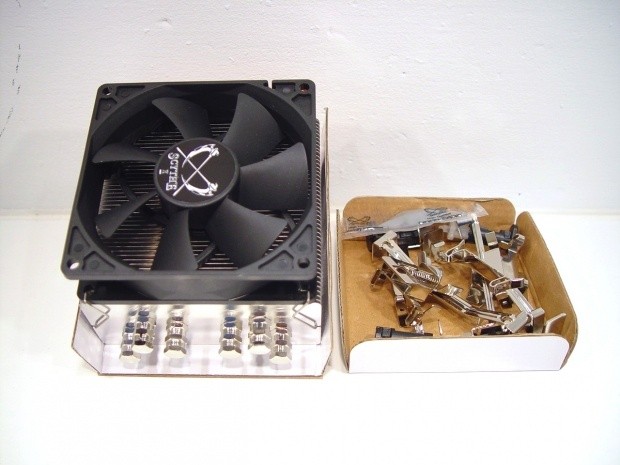
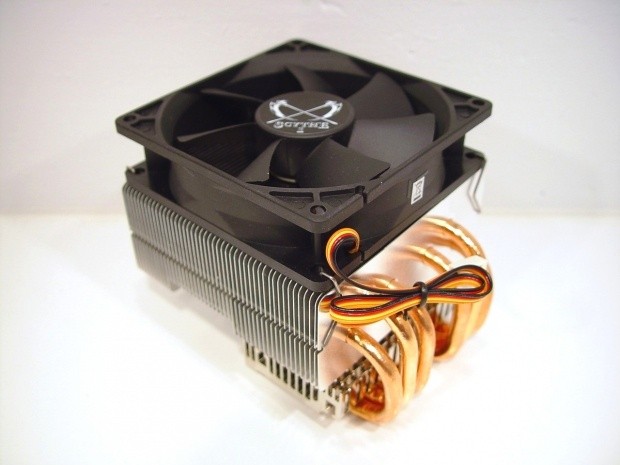

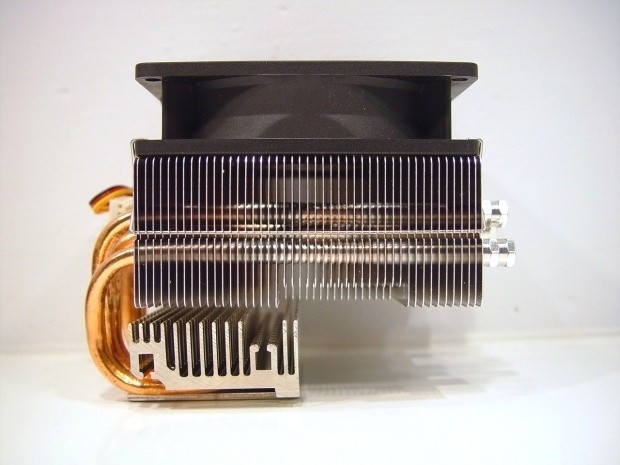



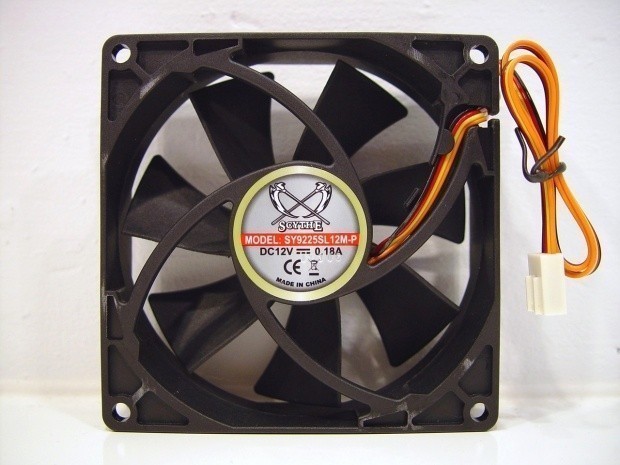



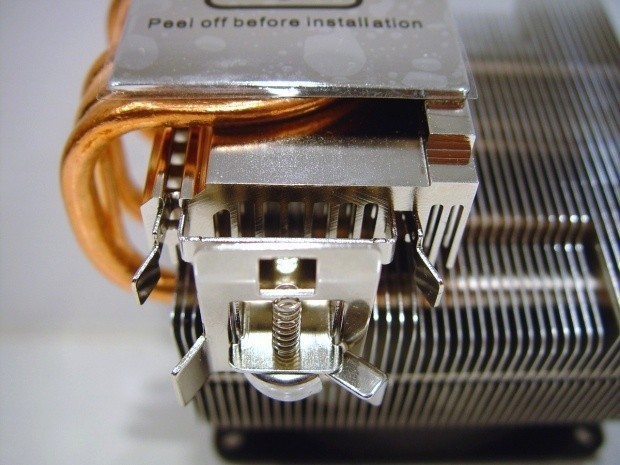
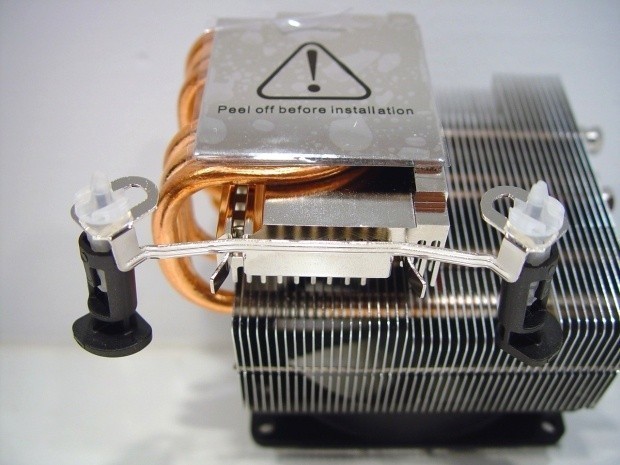
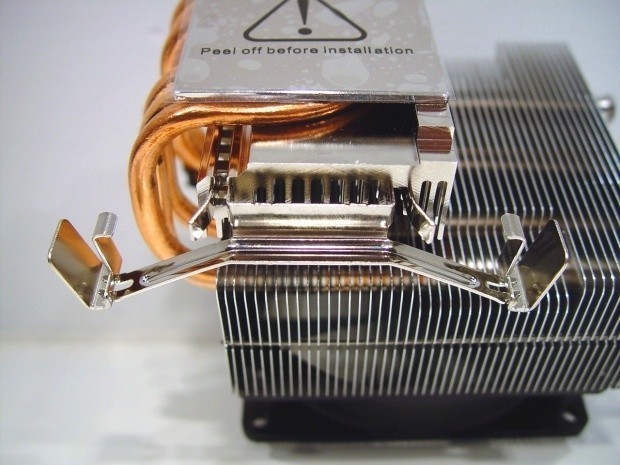

 United
States: Find other tech and computer products like this
over at
United
States: Find other tech and computer products like this
over at  United
Kingdom: Find other tech and computer products like this
over at
United
Kingdom: Find other tech and computer products like this
over at  Australia:
Find other tech and computer products like this over at
Australia:
Find other tech and computer products like this over at  Canada:
Find other tech and computer products like this over at
Canada:
Find other tech and computer products like this over at  Deutschland:
Finde andere Technik- und Computerprodukte wie dieses auf
Deutschland:
Finde andere Technik- und Computerprodukte wie dieses auf